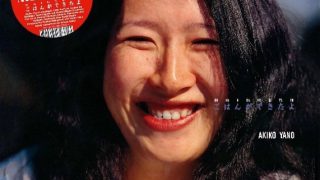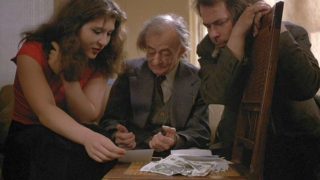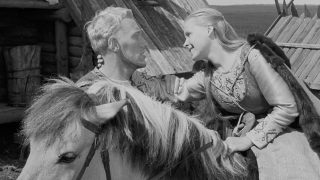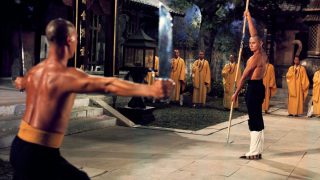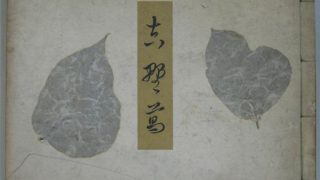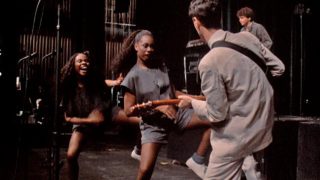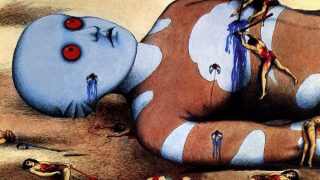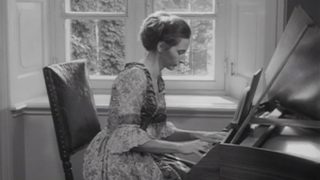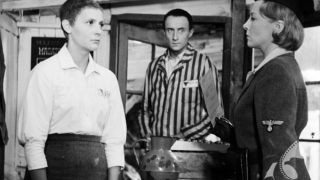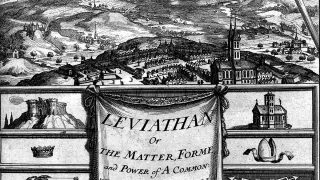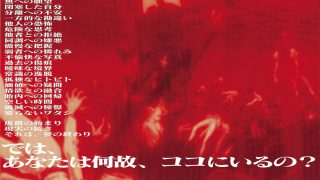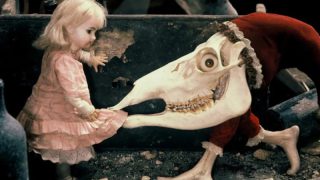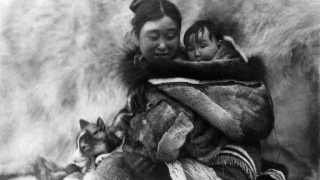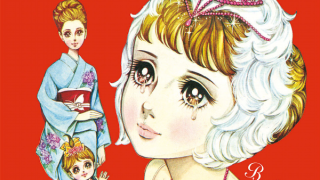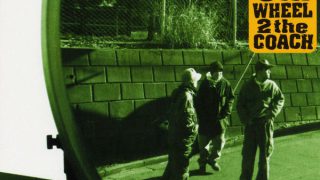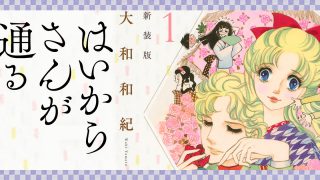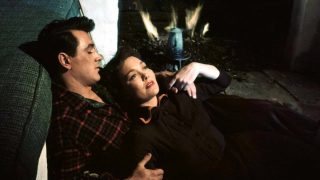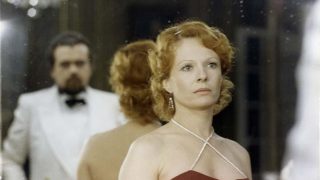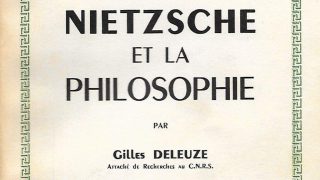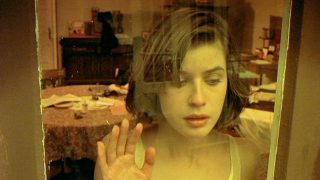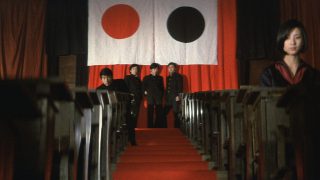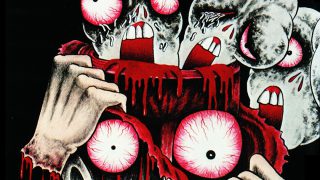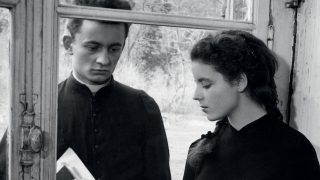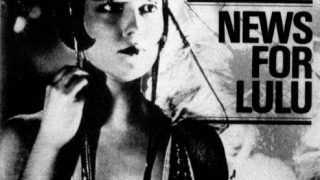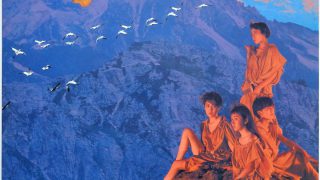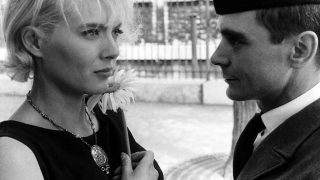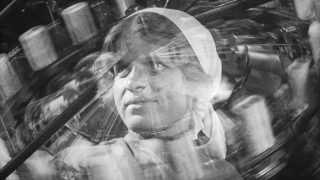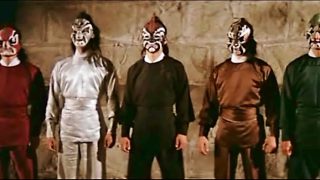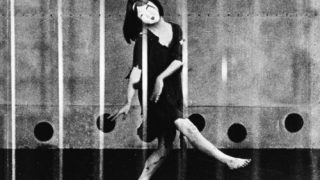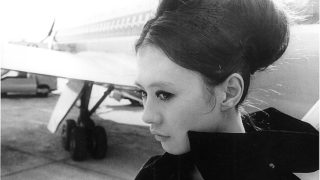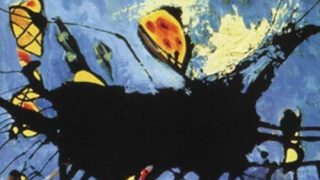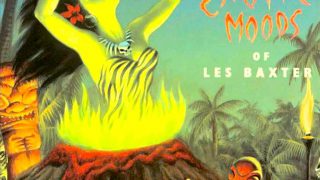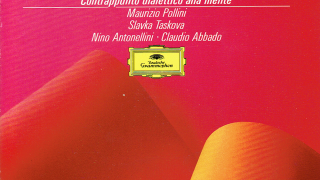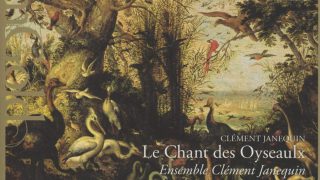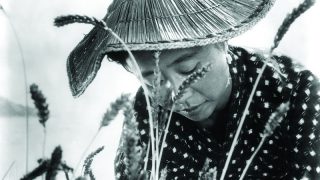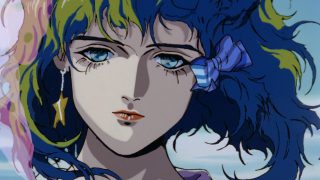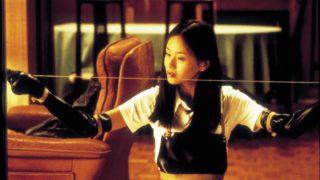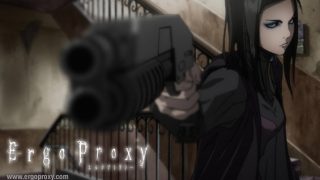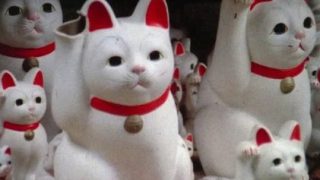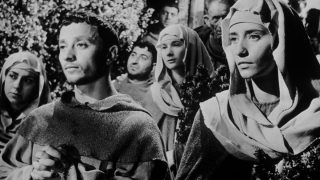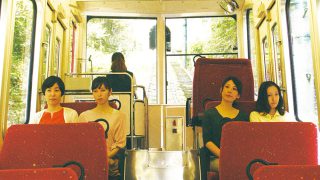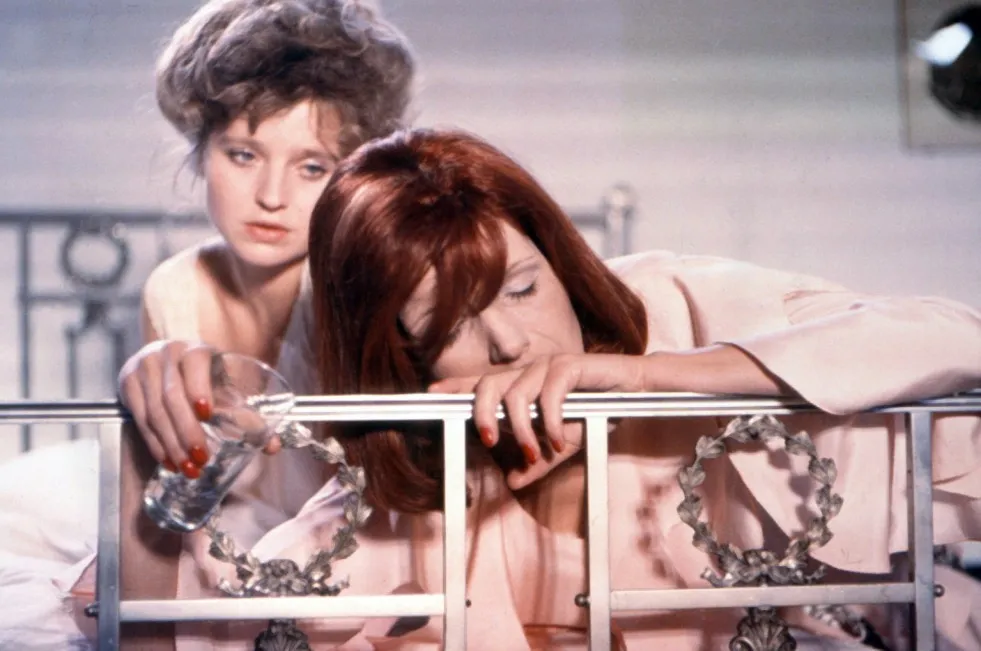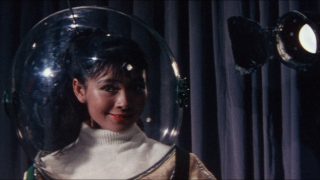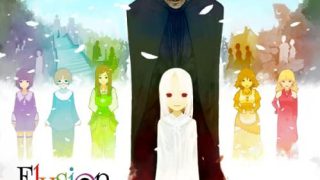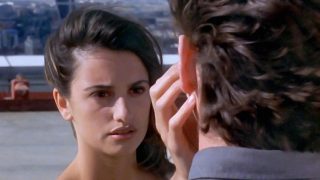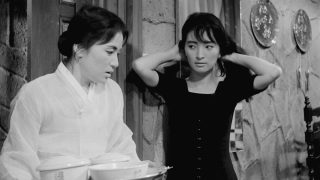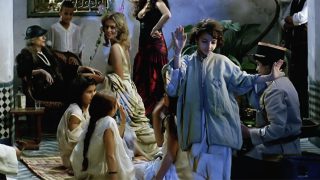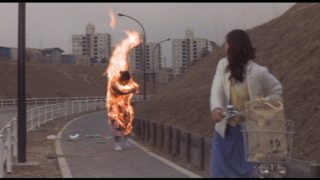Overview
“Ballet Star” (the original Japanese title: Ballet Boshi) is a Japanese shōjo manga by Yukiko Tani (1935–1999). It was serialized in Shogakukan’s monthly educational magazines for school children from 1969 to 1971.
It tells the story of Kasumi Haruno, a girl who aims to be a ballerina.
Kasumi’s mother had written the libretto of her original ballet entitled “Ballet Star“, but she dies of illness, leaving the libretto unfinished.
Kasumi succeeds her mother’s will and aims to complete “Ballet Star“.
The manga is characterized by beautiful drawings of female characters and the unpredictable storyline called “cho-tenkai (super-development)“.
Though it was a popular manga with a readership of about one million at that time, it had never been published as books for a long time.
It was first published as a book by Rittorsha in 2017.
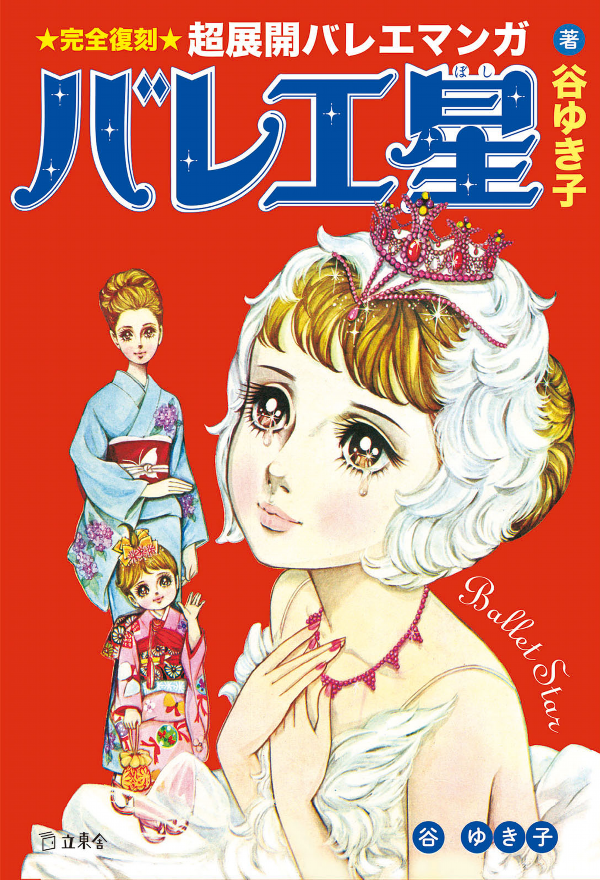
About the Author
Yukiko Tani was born in Hyōgo Prefecture in 1935.
In 1958, she debuted as a manga artist with her rental manga book “Yūbae no Shishū (Poetry Book of the Evening Glow)“, which was published by Kinryū Publishing Company in Osaka. Since then she published short manga works in Kinryū’s magazines, “Niji (Rainbow)“ and “Sumire (Violet)“. She had also drawn the cover illustrations of these magazines for a long time.
Tani had serialized shōjo manga works in Shogakukan’s educational magazines for school children since 1966 for about 10 years. At that time, her ballet manga had gained popularity in the magazines along with “Doraemon“ by Fujiko F. Fujio.
Tani had also worked as an illustrator from the late 1960s to the early 1970s, and she had been known for her stylish girl illustrations.
Tani’s works had been underappreciated for a long time because they had never been published as books.
In 2016, an introductory book about Tani’s works, “Cho-Tenkai Ballet Manga: Tani Yukiko no Sekai (Super-Development Ballet Manga: The World of Yukiko Tani)“ was published by Rittorsha. The book was planned and edited by shōjo manga laboratory “Tosho no Ie (The House of Books)“.
In 2017, her manga “Ballet Star“ was first published by Rittorsha as a book (the complete reprint edition).
Plot
“Ballet Star“ began to be serialized in the January 1969 issue of “Shogaku Ichinensei (The First Grade)“. It continued to be serialized across grades with the readers, and it ended in the December 1971 issue of “Shogaku Yonensei (The Fourth Grade)“.
In Rittorsha’s complete reprint edition, it consists of the following four chapters.
Chapter 1 (published in “The First Grade“)
Kasumi Haruno’s mother used to be a ballerina, but she has been hospitalized for her illness.
Kasumi and her younger sister A-chan are placed in an orphanage.
Kasumi helps her mother write the libretto of an original ballet entitled “Ballet Star“ at the hospital.
Chapter 2 (published in “The Second Grade“)
Kasumi’s mother leaves Kasumi with her friend and ballet teacher Hanada in order to make Kasumi take ballet lessons, and she disappears.
Kasumi starts learning ballet at Hanada Ballet Laboratory, where a senior girl named Azami is also learning ballet from Teacher Hanada.
Azami harasses Kasumi because she is annoyed by Teacher Hanada for taking care of Kasumi.
Kasumi writes the rest of the libretto of “Ballet Star“, practicing ballet.
Kasumi’s mother tries to see Kasumi, but Azami disrupts their reunion.
Kasumi’s mother is brought to a hospital after she loses consciousness and collapses. She stays asleep in a comatose condition.
Kasumi starts working as a cleaner at the hospital where her mother has been hospitalized in order to watch her mother.
In this chapter, Kasumi has various accidents like the following.
- She has a traffic accident.
- She nearly dies in a drowning accident while taking a boat on the sea.
- When she wears a leotard and performs cold water ablutions by a fall for ballet training, a big rock falls on her head, and she is carried away by the river. She is rescued by JGSDF (Japan Ground Self-Defense Force) helicopter.
- She is confined to a cave with a wild dog which killed 50 cows. The entrance of the cave is dynamited and she is nearly buried alive.
Chapter 3 (published in “The Third Grade“)
Kasumi’s mother dies.
Kasumi has finished writing the libretto of “Ballet Star“, but Teacher Hanada bitterly criticizes the part written by her.
Kasumi tries to kill herself in despair, but fails.
Japanese-British girl Barbara Mizutani joins Hanada Ballet Laboratory as a new student.
Teacher Hanada decides to perform “Coppélia“ in their recital, and she choses Azami as the leading role, but Azami injures her leg falling down the stairs.
Azami lies that Kasumi pushed her down a flight of stairs.
Teacher Hanada choses Barbara as Azami’s substitute.
The Paris Ballet comes to Japan and they perform “Swan Lake“.
The prima ballerina of the Paris Ballet, Françoise Aria sees through Kasumi’s talent, and she teaches ballet to Kasumi during her stay in Japan.
A contest is held in Japan for the role of a little swan in “Swan Lake“, which will be performed by the Paris Ballet in France.
After competing with her rival Barbara, Kasumi is eventually chosen by Aria to play the role of a little swan.
Last Chapter (published in “The Fourth Grade“)
Barbara tries to block Kasumi from appearing on stage in France, but she fails.
The Paris Ballet performs “Swan Lake“ in France.
Kasumi plays her part well, and the performance ends successfully.
Kasumi returns to Japan.
Barbara has transferred from Hanada Ballet to Moriyama Ballet.
Barbara steals Kasumi’s libretto of “Ballet Star“, and she tries to perform it as her own work starring herself with Moriyama Ballet.
Azami finds Kazuko Shirakawa, a girl who looks just like Kasumi.
Azami makes Kazuko joins Moriyama Ballet, and she spreads false information that Kasumi in disguise is spying on Moriyama Ballet.
Kasumi is forced to leave Hanada Ballet, but Barbara and Azami apologize to Kasumi and Teacher Hanada for their past wrongdoings. Kasumi and Barbara return to Hanada Ballet.
Aria telegraphs Kasumi and Barbara to come to France, saying that she wants to perform “Ballet Star“ in France.
The performance of “Ballet Star“ begins a month after Kasumi and Barbara arrive in France.
Commentary
Tani had serialized eight ballet manga works based on the theme of “longing for mother”, which are called “star“ series, in Shogakukan’s educational magazines from 1968 to 1976. “Ballet Star“ is the longest one among them, and it is one of her masterpieces.
The highlight of this work is the beautiful drawings of female characters.
Tani had also worked as an illustrator at that time. Her outstanding drawing ability is also showcased in this work.
In Tani’s drawings, the tradition of stylish girl illustrations, which follows in the line of Jun’ichi Nakahara and Macoto Takahashi, is combined with the formative beauty of realistic human bodies: the female characters drawn by Tani have a combination of accurate body proportions and flowery loveliness as manga characters.
Another point to notice is Tani’s obsession with costumes like fashion designers.
In this work, Tani incorporated fashionable and trend-conscious designs into not only ballet costumes but also private clothes. She also focused on depicting costumes in detail.
The story of “Ballet Star“ is based on a classical type of shōjo manga, in which a girl in a less fortunate situation overcomes adversity.
It was a shōjo manga in the old-fashioned style even in those days, considering that Ryoko Yamagishi’s authentic ballet manga about Russian ballet, “Arabesque“ (1971–1975) had started being serialized in 1971.
Another feature of this manga is its unpredictable and suspenseful storyline like a roller coaster.
In this manga, the heroine falls into a desperate situation almost every episode.
Kyoto International Manga Museum researcher Kayoko Kuramochi, who is known for the study of shōjo manga, named Tani’s “star“ series “cho-tenkai (super-development) ballet manga“.
The story development of “Ballet Star“ is due to its policy of emphasizing “hooks“ (to make the readers read the next episode too in monthly serialization) over consistency and reality as a story.
According to the commentary of the complete reprint edition, “star“ series was produced by a team, in which then chief editor Hiroshi Ikawa, editor in charge, and Tani’s sister made the stories as brains, while the author focused on doing the drawing.
In the manga, the latter half is different from the first one in style because it had been serialized for the third year straight and the readers had advanced from the first grade to the fourth.
It is interesting that the early style like illustrated stories and rental manga books had changed into the style of the 1970s shōjo manga during the long-running series.


